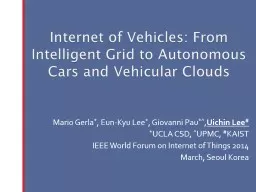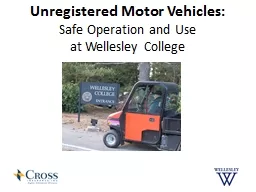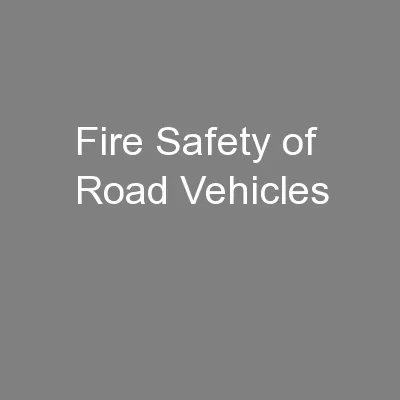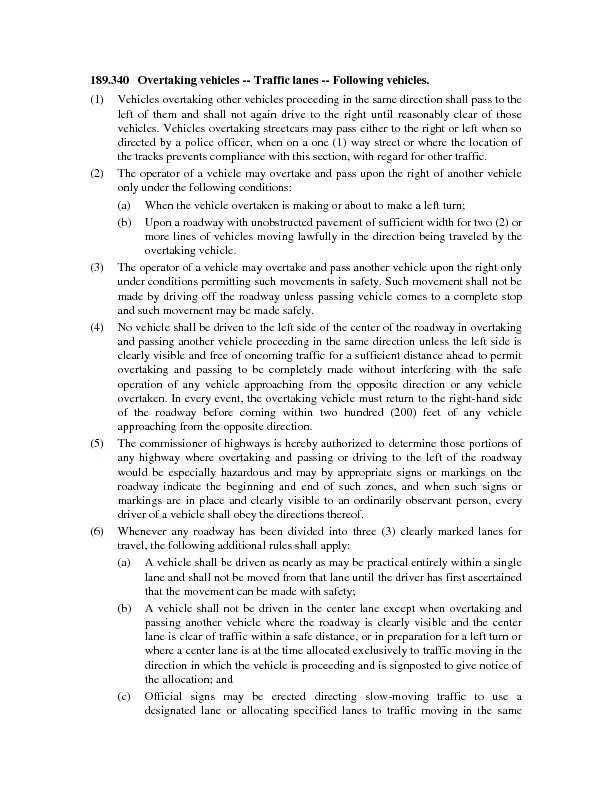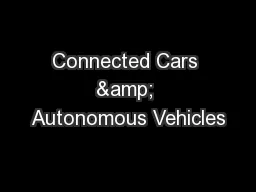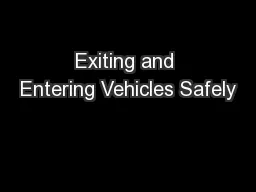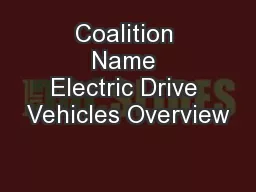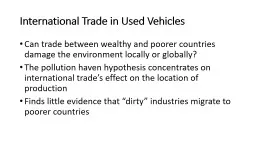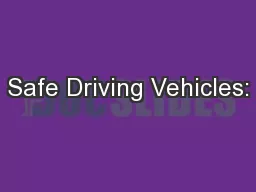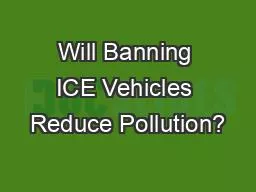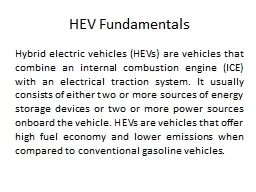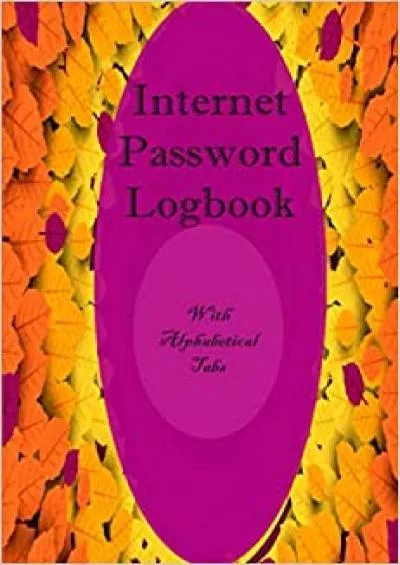PPT-Internet of Vehicles:
Author : pasty-toler | Published Date : 2016-08-07
From Intelligent Grid to Autonomous Cars and Vehicular Clouds Mario Gerla EunKyu Lee Giovanni Pau Uichin Lee UCLA CSD UPMC KAIST IEEE World Forum
Presentation Embed Code
Download Presentation
Download Presentation The PPT/PDF document "Internet of Vehicles:" is the property of its rightful owner. Permission is granted to download and print the materials on this website for personal, non-commercial use only, and to display it on your personal computer provided you do not modify the materials and that you retain all copyright notices contained in the materials. By downloading content from our website, you accept the terms of this agreement.
Internet of Vehicles:: Transcript
Download Rules Of Document
"Internet of Vehicles:"The content belongs to its owner. You may download and print it for personal use, without modification, and keep all copyright notices. By downloading, you agree to these terms.
Related Documents

